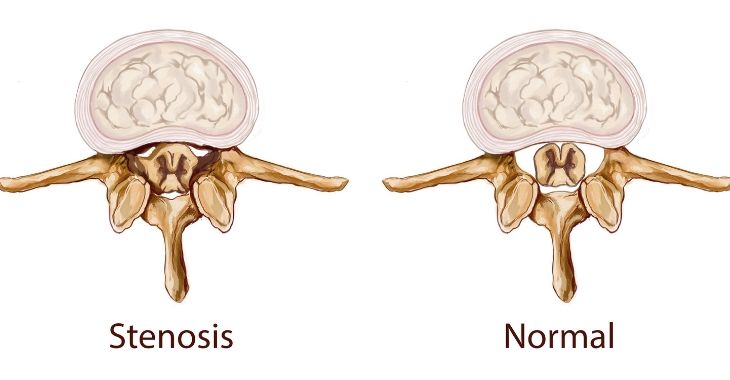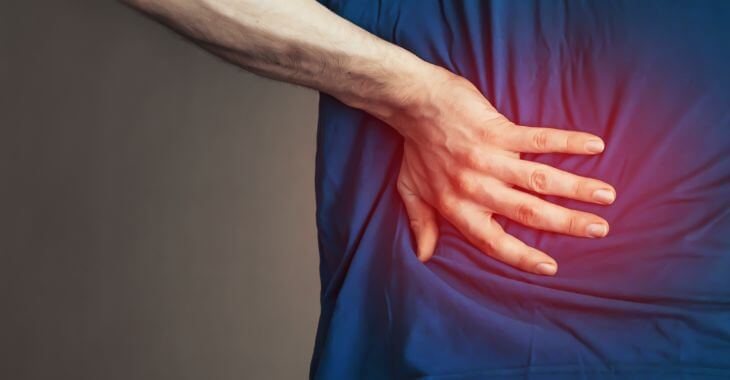Symptoms of Lumbar Spinal Stenosis

The spine is designed to protect the nerves and spinal cord, allowing a space under the vertebrae and discs for these delicate components of the nervous system. When this space narrows, the nerves can be impacted from pressure, which is referred to as spinal stenosis. Spinal stenosis can occur in the cervical or neck area, or in the lumbar or lower back and may result in pain and other symptoms.
Causes of Lumbar Spinal Stenosis
Lumbar spinal stenosis occurs for many different reasons but is most common in people over 50. Anything that causes the spinal cord space to narrow can create spinal stenosis. In the lumbar region, stenosis can be caused by herniated discs, spinal fractures, bone overgrowth from osteoarthritis, thickened ligaments or tumors.
When this occurs in the lumbar spine, the nerves that impact the lower limbs can be affected. While some people may not have any symptoms, common symptoms include:
- Numbness or tingling in a foot or leg
- Weakness in a foot or leg
- Lower back pain
- Cramping or pain in legs after standing or walking
These symptoms can continue to get worse over time. Sometimes relief can be felt when the affected person bends forward or sits, relieving the pressure on the lumbar region. When the symptoms become more persistent, treatments can be used to relieve pressure on the nerves. Treatment usually begins with non-invasive approaches, including medications, physical therapy and steroid injections. In more severe cases, surgery may be needed to relieve pressure on the nerves to obtain relief.
Those with symptoms of spinal stenosis should visit a spine orthopedic specialist to explore treatment options. Often conservative treatments can be used to relieve symptoms, giving patients a better quality of life.
Posted on behalf of:
Ortho Sport and Spine Physicians
5730 Glenridge Drive Northeast #230
Atlanta, GA 30328
(678) 752-7246
The information provided on this website, including text, graphics, images, and other materials, is intended solely for informational purposes and should not be used as a substitute for professional medical advice, diagnosis, or treatment.


)